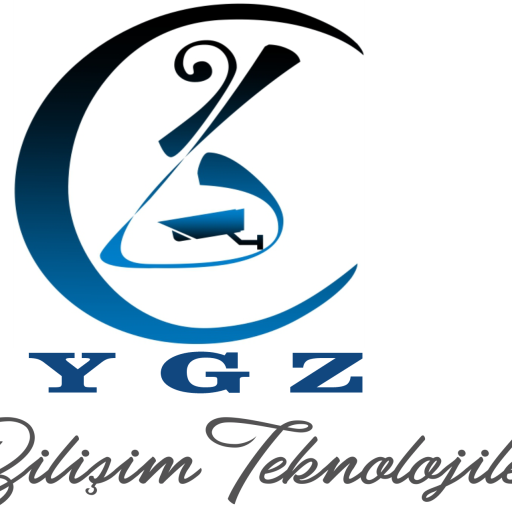Breast Cancer: Unveiling New Therapeutic Frontiers
The quest for innovative treatments in ocular health has led researchers to explore novel compounds. Glauposine emerges as a potential candidate in retinal protection. This article explores its promise against retinal damage, alongside insights into amyl nitrite, anatomy, and even breast cancer connections.
Introduction to Glauposine
Glauposine has piqued the interest of ophthalmology due to its neuroprotective properties. It is believed to offer potential benefits for retinal preservation. Preliminary studies have shown that this compound may counteract the effects of oxidative stress on retinal cells. Its action may slow down degeneration, providing hope for patients with degenerative retinal diseases.
Mechanism of Action
The underlying mechanisms of glauposine involve its interaction with cellular pathways. It appears to regulate apoptotic processes, thus preventing cell death. This is crucial in maintaining the integrity of the retinal architecture. The compound’s ability to modulate neurotransmitter release adds another layer of protective efficacy.
Amyl Nitrite’s Role in Vision
Amyl nitrite, primarily known for its cardiovascular applications, has an indirect influence on ocular health. Its vasodilatory effects can improve blood flow, potentially benefiting retinal circulation. Enhanced perfusion may aid in nutrient delivery and waste removal, thereby supporting retinal health.
Impact on Retinal Diseases
The potential synergy between glauposine and amyl nitrite may pave the way for new treatment regimens. These compounds may collectively reduce the risk of conditions like glaucoma or macular degeneration. Enhanced blood flow coupled with neuroprotection could yield substantial therapeutic outcomes.
Integrating Anatomy Insights
An understanding of ocular anatomy is paramount when evaluating these compounds. The retina, a delicate structure, requires precise targeting for effective treatment. Knowledge of retinal layers and cellular composition guides the application of therapeutic agents like glauposine.
Exploring Anatomical Relevance
Comprehensive anatomical insights can enhance the delivery mechanisms of these treatments. Targeted approaches can maximize the efficacy of glauposine, ensuring its distribution reaches affected areas. Such precision is essential for mitigating adverse effects and optimizing therapeutic gains.
Breast Cancer and Ocular Health
Surprisingly, there are intersections between breast cancer treatments and ocular health. Chemotherapeutic agents may affect ocular tissues, causing complications. The potential protective role of compounds like glauposine in such contexts is under investigation.
Therapeutic Overlaps
Research has identified possible links between cancer therapies and retinal health. Glauposine could offer protective benefits for patients undergoing chemotherapy. Its role in safeguarding retinal cells from chemical-induced stress is an area of active study.
Innovations in Treatment Approaches
The integration of amyl nitrite and glauposine in ocular therapies reflects a broader trend in medicine. Combining compounds to target multiple pathways represents a promising strategy. Such approaches may offer enhanced efficacy over monotherapy options.
Future Prospects
Ongoing trials are evaluating the long-term effects of these treatments. The aim is to develop comprehensive strategies that provide sustained retinal protection. Innovations in drug delivery and formulations continue to evolve in this promising field.
Summary of Therapeutic Synergies
The interplay between amyl nitrite and glauposine opens new avenues for research. By combining these agents, researchers aim to enhance protective outcomes. Continued studies are needed to fully elucidate their potential in preventing and treating retinal diseases.
Research and Development Trends
Advancements in ocular pharmacology highlight the significance of such synergies. Emerging trends focus on personalized medicine approaches. Tailoring therapies to individual patient profiles may soon become the norm, optimizing treatment efficacy.
Conclusion
The promise of glauposine in retinal protection is a testament to the innovative spirit of modern medicine. Its potential benefits extend beyond ocular health, intersecting with fields like breast cancer treatment. As research advances, new therapeutic landscapes are likely to emerge, offering hope to patients worldwide.
| Compound | Primary Function | Potential Ocular Benefit |
|---|---|---|
| Glauposine | Neuroprotective agent | Retinal cell preservation |
| Amyl Nitrite | Vasodilator | Improved retinal blood flow |
- Glauposine: Promising neuroprotective agent.
- Amyl Nitrite: Potentially enhances ocular circulation.
- Breast Cancer: Research into therapeutic overlaps continues.






